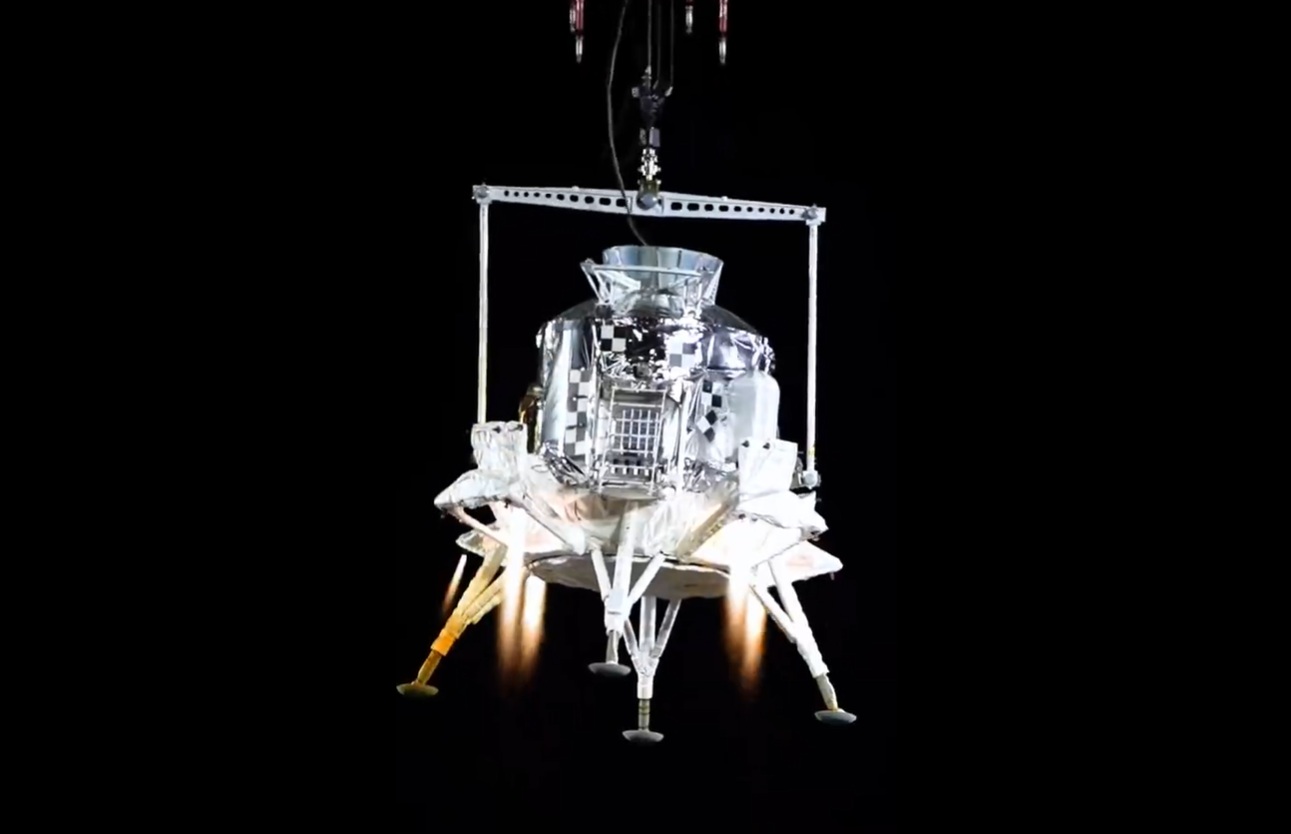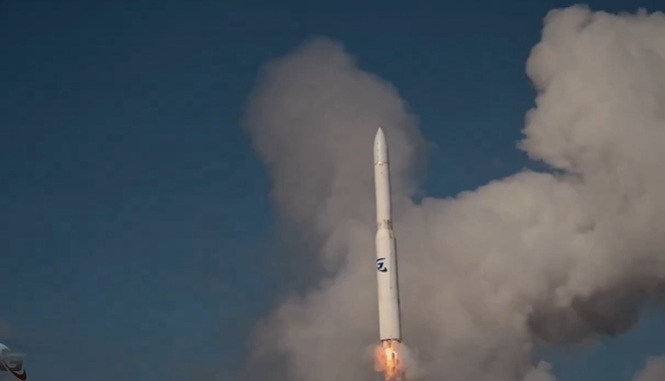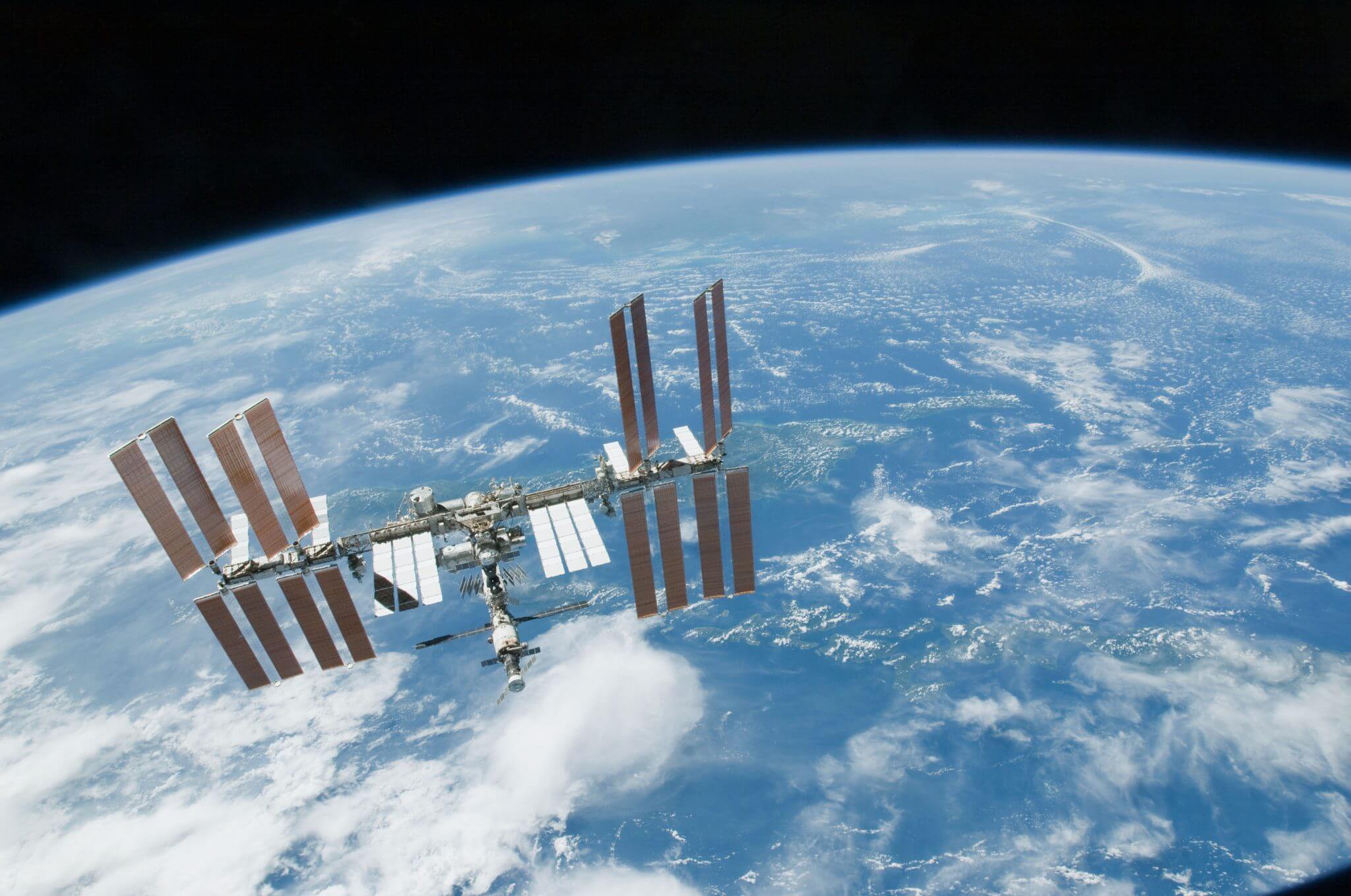A Soyuz 2-1B rocket launch was aborted just before blast-off on 12 March 2016, causing the launch ground crew to run from the pad at the Baikonur Cosmodrome, near Tyuratam in Kazakhstan. However, in the end the rocket, its passenger, the Russian civil Resurs P3 Earth observation satellite, and the human ground crew came to no harm and a second launch attempt was successfully performed the following day, 13 March, at 1856 GMT.
All seemed to be going well with the launch until shortly after separation, when the spacecraft tried to unfurl one its two solar arrays. This only partially worked, leaving the spacecraft with one fully and one partially unfurled solar array – and a potential power shortfall for long-term operations.
While the 5,920kg spacecraft and launch were insured, this was for Total Loss Only (TLO), so it is unlikely that a claim will be made. Spacecraft usually have a margin of spare power built into them to ensure full operation at least in the main part of their lifespan. The Russian authorities have indicated that operation of this Resurs P3 spacecraft, at least in the near term, will not be affected.
However, the power shortfall, depending how large it is, may become a problem towards the end of the spacecraft’s life since the remaining power generation capability via the solar arrays will naturally degrade anyway. One other problem is that a partially deployed solar array will upset the “balanced” moment of rotation of the spacecraft, which might result in more fuel usage for thruster stabilisation.
The spacecraft is owned by the Roscosmos State Corporation and was built by its TSSKB Progress subsidiary.





